As we celebrate the 100th Anniversary of The Great Gatsby, let us enlighten you on F. Scott Fitzgerald’s inspiration for the exquisite Daisy Buchanan: Ginevra King of Lake Forest.
Fitzgerald traveled to Lake Forest in the summer of 1916. He was taken aback by the incredible wealth and lavish lifestyle that existed north of Chicago in the early 1900s. His time spent in Lake Forest heavily influenced him to write one of America’s greatest novels. Fitzgerald’s portrayal of high society in his writing expresses his interest of what he believed was one of the most remarkable places on Earth.
“Once I thought that Lake Forest was the most glamorous place in the world. Maybe it was.” — F. Scott Fitzgerald
Fitzgerald’s interactions with Lake Forest’s elite were pivotal when he created the characters Jay Gatsby and Daisy Buchanan. In fact, their passionate love story was based in part on his own love for Ginevra King.
Fitzgerald was initially charmed by Ginevra in 1915, whom he met at a holiday party in St. Paul, Minnesota. Ginevra had been invited by one of her close friends whom she had met at the Westover School. Ginevra had been forced to attend the school as a punishment from her parents, due to an alleged secret engagement with a 20-year-old Harvard student at her young age of 15.

Fitzgerald was attending Princeton University at the time of their meeting in St. Paul. Although he lived amongst many of St. Paul’s most distinguished socialites at the time, his family held a lower rank in society.
After the holiday celebration, Fitzgerald returned to Princeton by train and began to write letters to Ginevra. He was fascinated by her, as he believed that there was much more to her than a beautiful, wealthy Chicago socialite. The couple remained in touch, only meeting once more in New York City before Ginevra invited Fitzgerald to her home in Lake Forest on Ridge Road.
Prior to his Lake Forest visit, Fitzgerald had been planning on writing a novel on societal wealth. Ginevra found that a visit to Lake Forest for Fitzgerald would be his perfect opportunity to experience high society first hand, in addition to the fact that he could spend time with his beloved Ginevra. Captivated by his time spent in Lake Forest, he was inspired to write one of the most profound novels of our time, The Great Gatsby.
Fitzgerald’s life carries many similar characteristics to that of Jay Gatsby. Fitzgerald had been fascinated by Ginevra King, a young socialite, his muse for Daisy Buchanan. Fitzgerald’s love became lost as Ginevra had dismissed him for her husband, William “Bill” Mitchell, the son of her father’s business associate, similar to Daisy Buchanan’s relationship with Tom Buchanan, in The Great Gatsby.
“I love her, and that’s the beginning and end of everything.”— F. Scott Fitzgerald
There are parallels between Nick Caraway, the narrator of The Great Gatsby, and F. Scott Fitzgerld. They both encompassed middle class socio-economic men from the Midwest, leaning on the edge of high society-life through wealthy connections and charm.

Fitzgerald was aware that his economic standing created social boundaries, including the impossibility of a potential marriage with Ginevra King. His relatively stable middle-class family did not result in any inheritance. Fitzgerald’s years in preparatory school and at Princeton University enhanced his awareness of his rank in society that he wished to be a part of. His drive to become a financially successful novelist propelled his career.
Fitzgerald was fascinated by the young women of Lake Forest, who could be both rebellious and incredibly reserved. These four ladies broke societal boundaries that confined them to their formal lifestyles. This high-status group of profound women were named The Big Four.
The Big Four

The characters of The Great Gatsby were direct reflections of Lake Forest residents, specifically the Big Four: Margaret Carry, Edith Cummings, Courtney Letts, and of course, Ginvera King. They wore matching gold rings— a 1920s version of friendship bracelets. They were given this name because of their obvious beauty and high status.
These young socialites spent their time playing golf, tennis, and polo at the Onwentsia Club. The quartet attended lavish parties and dances, but rarely seen without a parent, close friend, or help escorting them. They were icons of the time, and their lives continue to be influential today through Fitzgerald’s The Great Gatsby.
Margaret (Peg) Carry
Once described by Chicago Tribune as “one of the prettiest and most popular girls in the younger social set,” Peg Carry (1899-1942) was the second most mentioned girl by F. Scott Fitzgerald, even receiving the compliment “Peg Carry stands straight.”
Very comfortable in her elite social status, Carry started in convent schools and attended the Westover School with the rest of the Big Four. She was also frequently listed as an attendee of Onwentsia Club alongside her go-to-girl, Edith. Carry grew up in a very prominent Catholic family and shared the common religion with Fitzgerald.
 Margaret Carry’s father, Edward F. Curry, was a railcar executive and eventually became president of the prominent Pullman Company in 1922. The family was known for hosting parties and mixers at their Lake Forest estate—Broad Lea—on N. Green Bay Rd., one even attended by Fitzgerald in 1914. In addition to their Lake Forest residence, the Carry’s had a Gold Coast property on State Parkway in Chicago.
Margaret Carry’s father, Edward F. Curry, was a railcar executive and eventually became president of the prominent Pullman Company in 1922. The family was known for hosting parties and mixers at their Lake Forest estate—Broad Lea—on N. Green Bay Rd., one even attended by Fitzgerald in 1914. In addition to their Lake Forest residence, the Carry’s had a Gold Coast property on State Parkway in Chicago.
Following her boarding school experience, she married Edward A. Cudahy Jr., heir to the meatpacking giant Cudahy Packing. The couple married at Holy Name Cathedral, with Courtey Letts, Edith Cummings, and Ginevra King as bridesmaids. The newlyweds then sailed to Cuba for their honeymoon. The couple’s engagement was featured in newspapers nationwide.
Carry followed a similar path to other women of her era and went on to have three children. She later would move to 904 North Green Bay, just down the street from her parents. The couple enjoyed entertaining at their home and hosted a “harem party” in 1922 that got rowdy and had so much illegal moonshine that it put the Casino Club’s existence in jeopardy.
Despite having an almost picture-perfect marriage and three children, Margaret Carry filed for divorce due to cruelty on March 6, 1942. Her life after divorce remained unnoted due to her dying only three short months later. She passed away unexpectedly at her Lake Forest home on 377 Woodlawn Ave.
Edith Cummings

 Edith Cummings was born in March of 1899, a daughter of David Mark Cummings and Ruth Dexter. Their family resided on the Gold Coast in Chicago and owned a home in Lake Forest at1490 N. Lake Road, near Lake Forest Cemetery.
Edith Cummings was born in March of 1899, a daughter of David Mark Cummings and Ruth Dexter. Their family resided on the Gold Coast in Chicago and owned a home in Lake Forest at1490 N. Lake Road, near Lake Forest Cemetery.
As F. Scott Fitzgerald’s muse for Jordan Baker in The Great Gatsby, Edith Cummings transformed both the athletic world and the socialite scene. Fitzgerald met Cummings through Ginevra and was fascinated as she exhibited class and style, as well as athleticism— becoming an icon of the Jazz Age and represented golf as an elite sport amongst society.
Cummings grew up frequently playing golf in the Lake Forest area, and one of her first tournament victories took place at the Onwentsia Club at age 17. After graduating from the Westover School, she immediately pursued her golf career. Cummings married later in her years, which was unique amongst The Big Four, to a wealthy Detroit businessman, Curtis B. Munson. Cummings’ victory in 1924 at the Women’s Western Ameature Tournament coined her the name the “Fairway Flapper,” and her feature on the cover of Time magazine changed societal views on female golfers.
“There was a jauntiness about her movements as if she had first learned to walk upon golf courses on clean crisp mornings.” – F. Scott Fitzgerald, The Great Gatsby
Courtney Letts
Courtney Letts was undoubtedly the most fashionable and glamorous of The Big Four. Once named “one of the world’s top 10 best-dressed women” by Time magazine in 1943, Letts grew up in Lake Forest and attended Westover. During WWI, her family moved out of Lake Forest to Washington, D.C. for her father’s big time job as director of supplies for the Red Cross.
In D.C., Letts made her debut to society during a reception hosted by her parents. After her debut, she remained a glamorous socialite to the cosmopolitan and political crowd, most notably having a close relationship with Franklin D. Roosevelt and Elenoor Roosevelt.
 Marrying four times to four wealthy men, Letts was a prominent bachelorette. Her first marriage was to a childhood friend Wellesley Stillwell. They got married at St. Chrysostom’s on Jan. 10, 1920, with Genevra as matron of honor and Edith as a bridesmaid. Their marriage didn’t last long, and she sailed to Europe with her two children before their divorce was finalized in late 1924.
Marrying four times to four wealthy men, Letts was a prominent bachelorette. Her first marriage was to a childhood friend Wellesley Stillwell. They got married at St. Chrysostom’s on Jan. 10, 1920, with Genevra as matron of honor and Edith as a bridesmaid. Their marriage didn’t last long, and she sailed to Europe with her two children before their divorce was finalized in late 1924.
“The real cause of Mrs. Stillwell’s divorce, other than general incompatibility, has never been revealed, as it was granted on the technical ground of desertion in Paris,” the Tribune reported in 1925.
Despite having two children and a previous marriage, it was fairly easy for Letts to find a new bachelor. The word got out of her engagement to “millionaire explorer” John Borden in 1925. The couple skipped a lavish wedding and opted for a simple ceremony in Washington D.C. After the wedding, Borden purchased the Astor Street home that was previously owned by Ginevra’s family. Courtney gave birth to a baby girl and, insisted by Borden, they named her Courtney. Letts now had two daughters named Courtney, with two different fathers.
The couple enjoyed volunteering, playing polo, golfing, and, of course, exploring. The Bordens traveled to Alaska on behalf of the Field Museum of Chicago, which led to Letts’ new love of outdoor adventures. While on the trip, she wrote The Cruise of the Northern Light. This proved that she was not only fashionable and famous, but intelligent.
After yet another divorce, Letts then married the most eligible bachelor: Argentine ambassador Felipe de Espil for her third husband. It was recorded that she fought with another well known bachelorette Wallis Simpson over him. Following her fourth marriage, Letts was officially emerised into the diplomatic world and published multiple volumes of diplomatic history and traveled to Argentina, Spain, and Brazil. This Lake Forester was a woman of glamour, culture, and charm.
 Ginevra King
Ginevra King
Ginevra King was born into incredible Chicago wealth in 1898. The heiress, daughter of Ginevra Fuller (1877–1964) and Chicago stockbroker Charles Garfield King (1874–1945), had two young sisters, Marjorie and Barbara. Named after a Leonardo DaVinci painting, Ginevra de’ Benci, Ginevra was raised in luxury on Ridge Road at her family’s vast estate.

The King Family resided in Lake Forest, as well as on Astor Street in Chicago’s Gold Coast neighborhood. Ginevra King often attended parties hosted at homes of other Lake Forest socialites, including the McCormick’s estate, Villa Turicum. Ginevra spent her time playing tennis and golf at the Onwentsia Club and contributing to the Red Cross war efforts during WWI. Ginevra was an active member of The Lake Forest Garden Club, fought for repeal of prohibition, and was a frequent volunteer at St. Luke’s Hospital.
“I knew Ginevra a bit in the 1979’s, still very sparkly with personality and eyes. She was thin and well dressed, though with a wrinkled face. Not hard to believe she was a great beauty in her teens,” – Art Miller, [Retired] Archivist and Librarian for Special Collections, Donnelley and Lee Library
Ginevra attended the Westover School in Connecticut during her high school years, at the time of her relationship with F. Scott Fitzgearald. Their relationship was private and reserved, as they quietly met on occasion and discussed eloping. Ginevra’s family strongly disapproved of Fitzgerald, and arranged for her marriage to William “Bill” Mitchell II in 1918, amidst WWI. Mitchell, son of John J. and Louise Mitchell, enlisted in the Navy during World War I and joined America’s first stunt flying team, the Blue Devils.
“Her voice… was full of money- that was the inexhaustible charm that rose and fell in it, the jingle of it, the cymbals’ song of it… High in a white palace the king’s daughter, the golden girl…” — F. Scott Fitzgerald, The Great Gatsby
Although Ginevra invited Fitzgerald to her wedding, he was unable to attend due to his posting as an army officer in Montgomery, Alabama. He preserved the invitation, newspaper clippings about the ceremony, and a piece of Ginevra’s handkerchief in his scrapbook, along with the note: “The End Of A Once Poignant Story.” Just three days after her wedding, on September 7, 1918, Fitzgerald confessed his feelings to Zelda Sayre—a Southern belle he had met in Montgomery with a rebellious nature.

On April 3, 1920, Fitzgerald and Sayre were married in New York. Fitzgerald would later admit that neither he nor Zelda truly loved one another at the time, and their early years together in New York were marked by disappointment.
Ginevra was fond of Mitchell at the time of the arrangement; the couple resided at 901 Rosemary Road in Lake Forest. By giving consent to marry her father’s business associate, Ginevra King made a similar choice to Daisy Buchanan to Tom Buchanan: marrying into wealth, rather than love.

The wealthy couple birthed three children: Ginevra Mitchell,William Mitchell III, and Charles Mitchell. Her second son, Charles, suffered from Down syndrome and required continuous care. Ginevra and William became estranged by 1937 and remained in an alliance for 20 years.
In 1937, during a North Shore fox hunt, John Taylor Pirie Jr. was thrown unconscious from his horse. Riding just behind him, Ginevra King rushed to his side, stayed with him until the ambulance came, and never left—becoming his wife for the remainder of their lives. The couple each ended their previous marriages and quietly married each other on April 7, 1942.
The quartet’s husbands were all descendants of financially grounded families— expected candidates for the four young girls. King, Letts, and Carry were all married to suitable, respected men by the age of 21. Only Edith Cummings remained unmarried through her 20s, as she pursued her role as a nationally ranked amateur golfer, yet still supported by her family.

The Big Four were a focus of press coverage in the 1910s and 1920s, and historians have chased their every social gathering, marriage, scandal through newspaper clippings of The Lake Forester, though their fame extended far beyond local news. Ginevra King’s engagement was featured on the cover of Town & Country magazine, and Courtney Letts was often referred to as “one of the twelve most beautiful women in America,” in national papers.
These young women, and their influence on society, were pivotal in shaping Lake Forest’s legacy and, most notably, inspired one of the most iconic novels ever written: F. Scott Fitzgearld’s The Great Gatsby.
It is evident that Ginevra King left a lasting impression on Fitzgerald, and his love for her echoes through his writing and its film adaptations. Fitzgerald’s perception of elegance in Lake Forest, and his romantic muse, Ginevra King, defined his vision for Gatsby’s Girl: Daisy Buchanan.





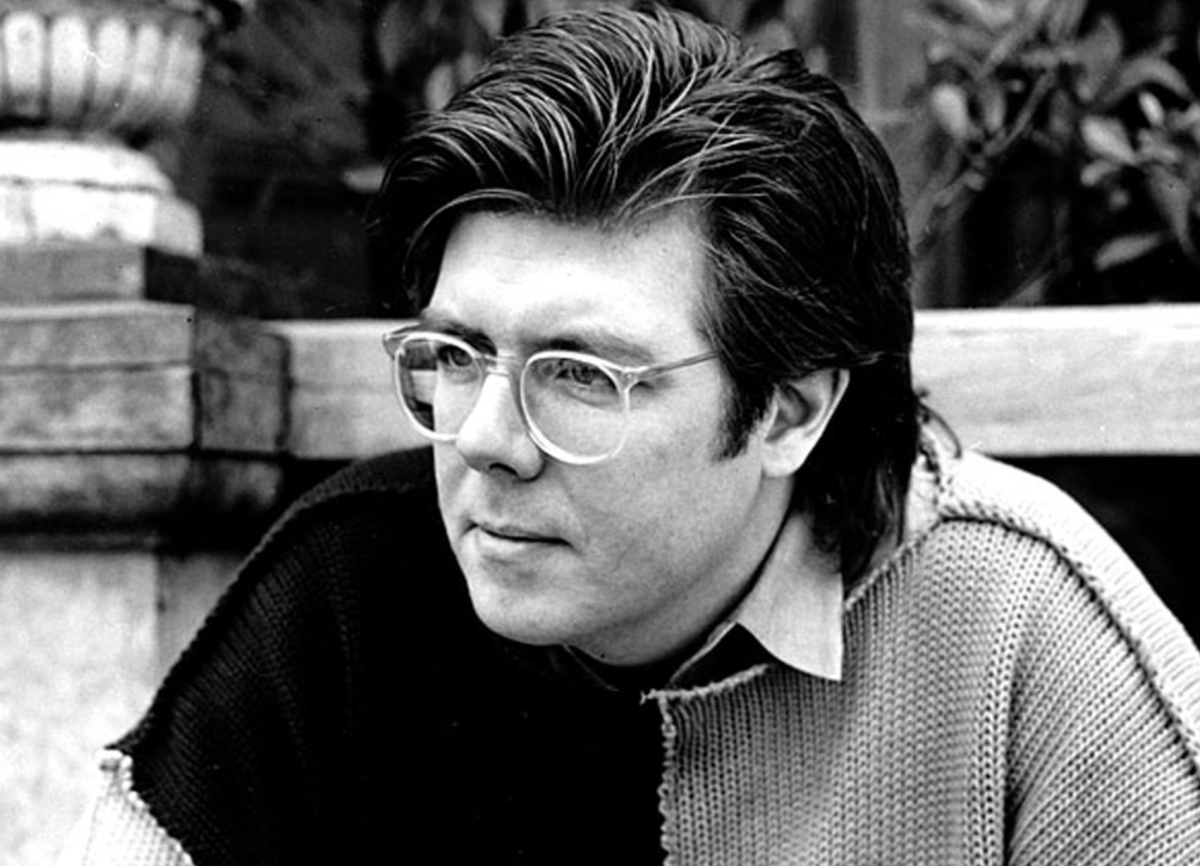
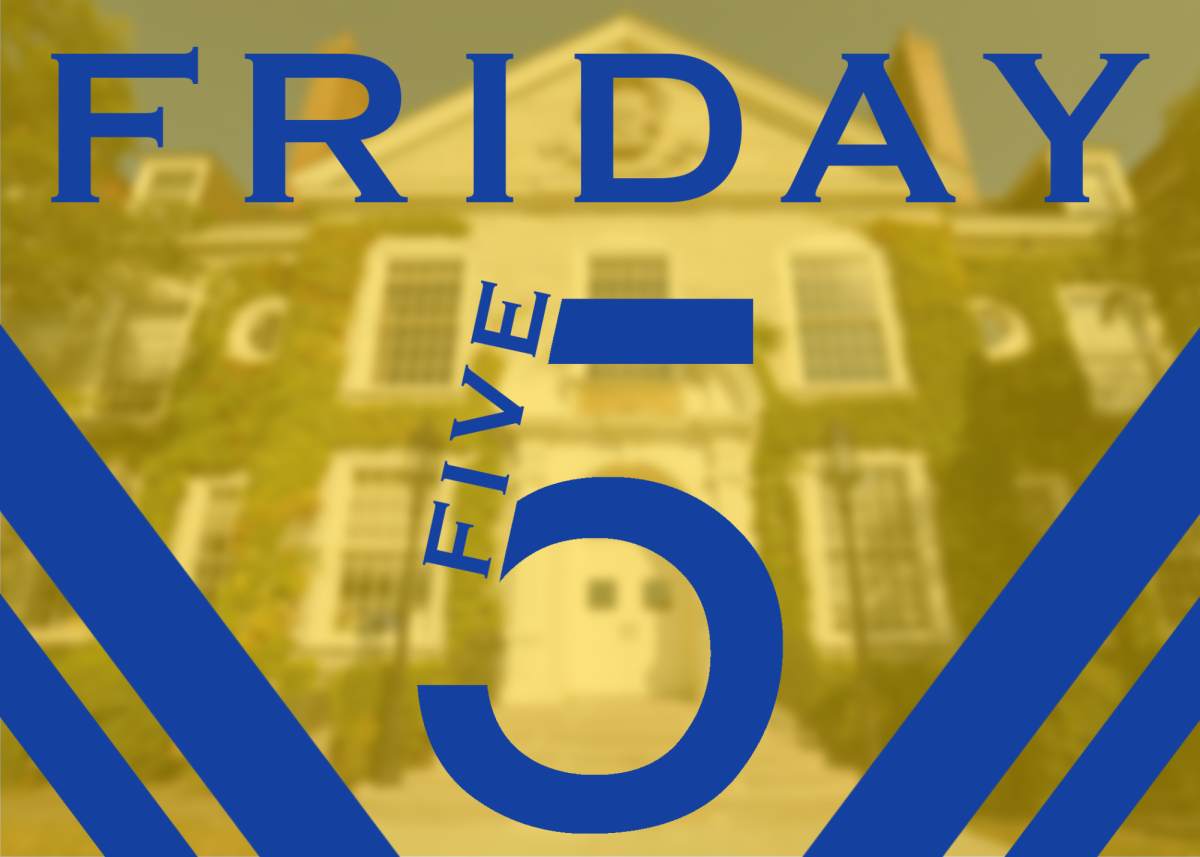
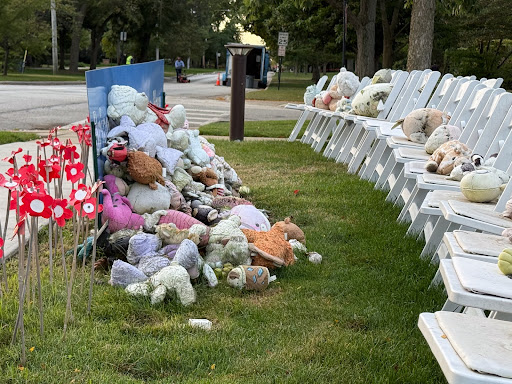

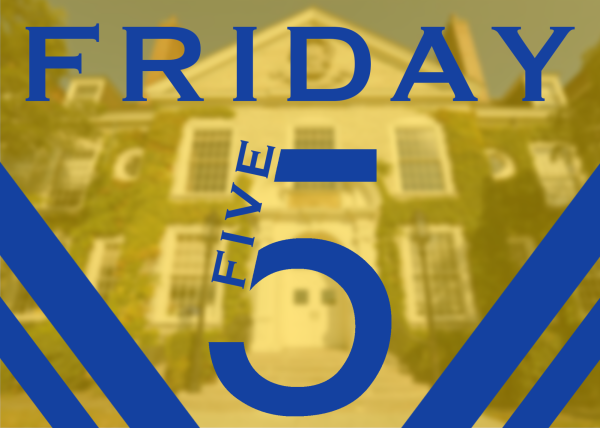

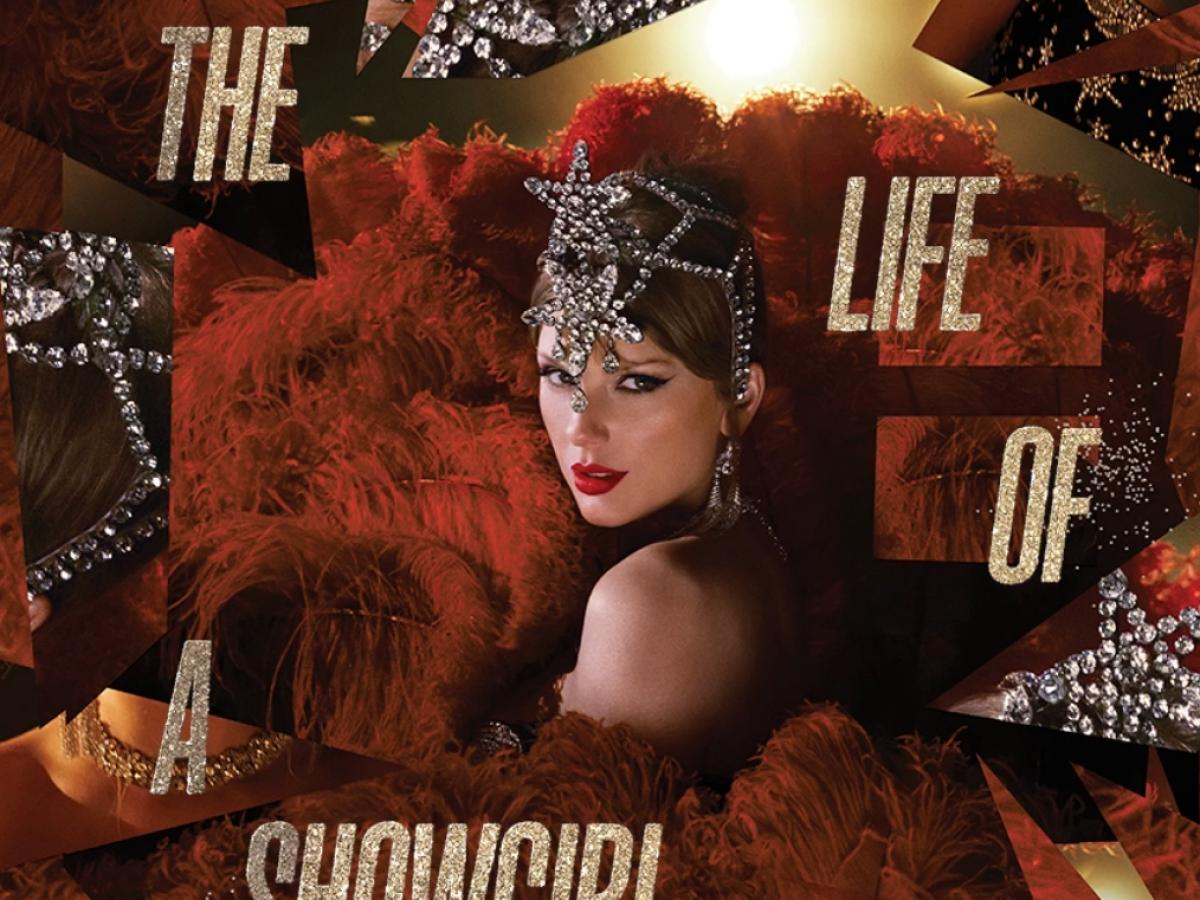
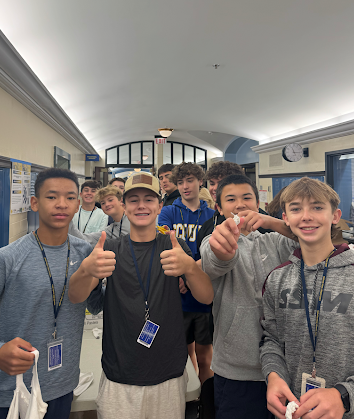

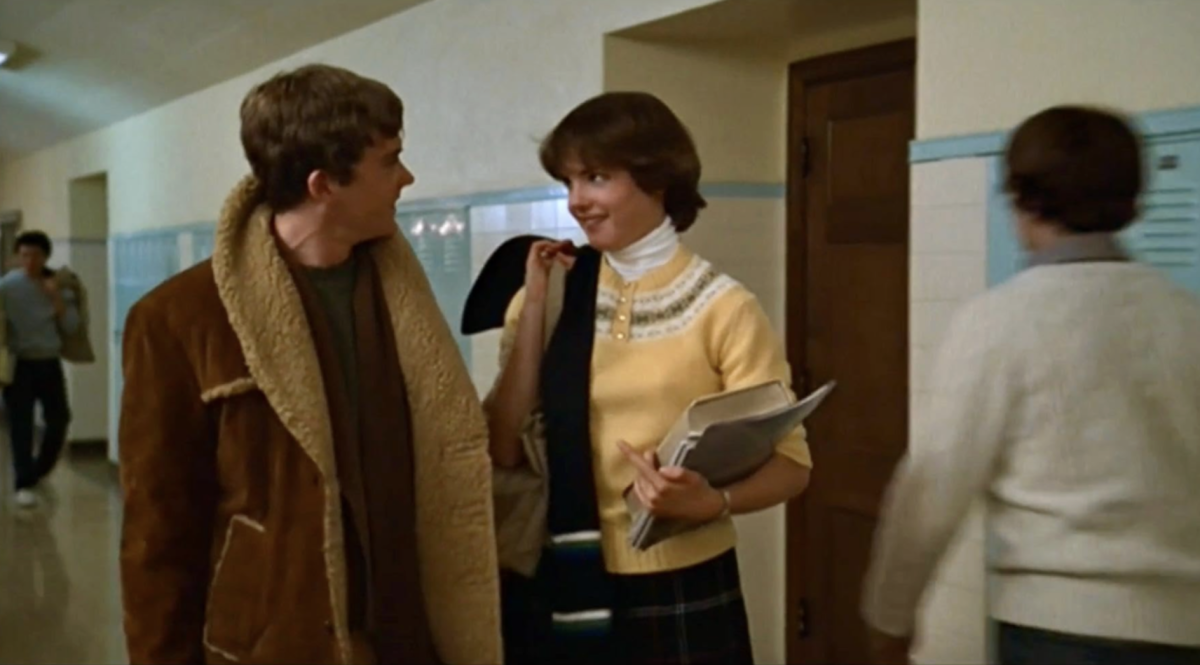

Anna • May 13, 2025 at 9:03 pm
Love this!! You guys absolutely crushed it!
Sydney • May 12, 2025 at 9:14 pm
This article is so cool and I can tell all the research that went into this!